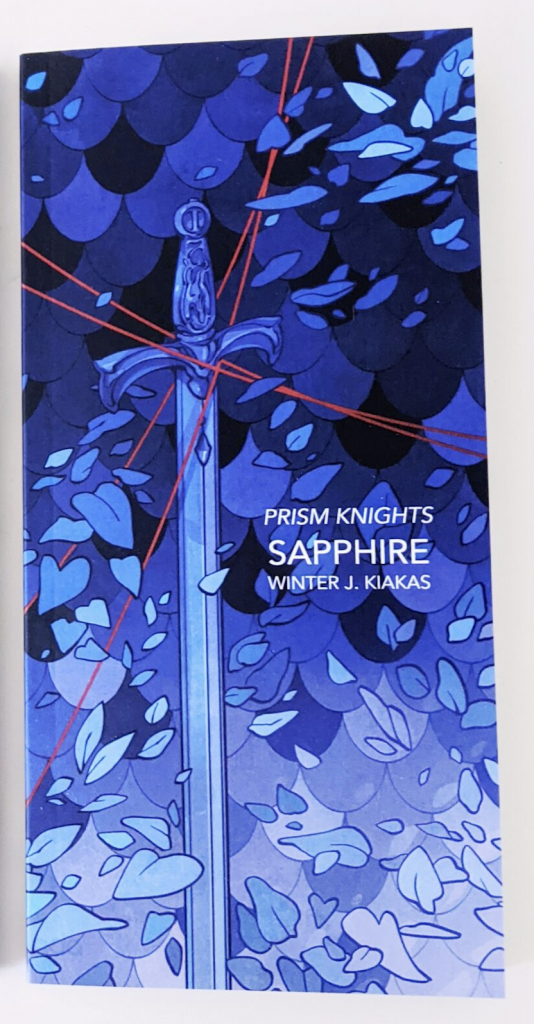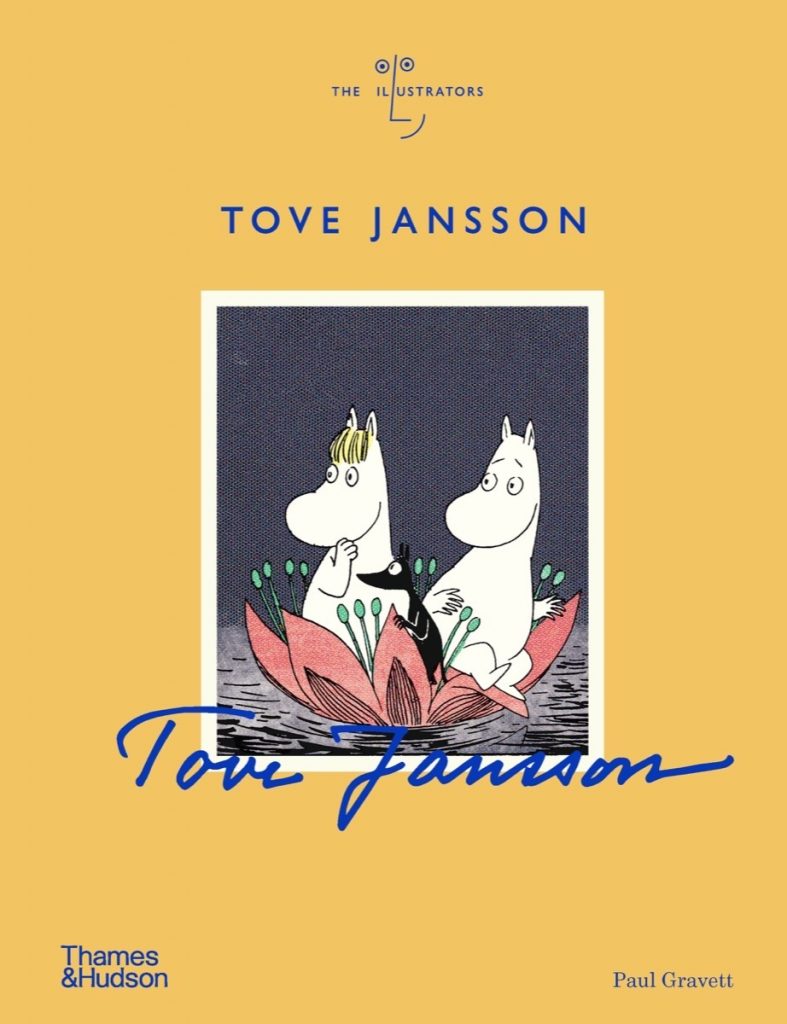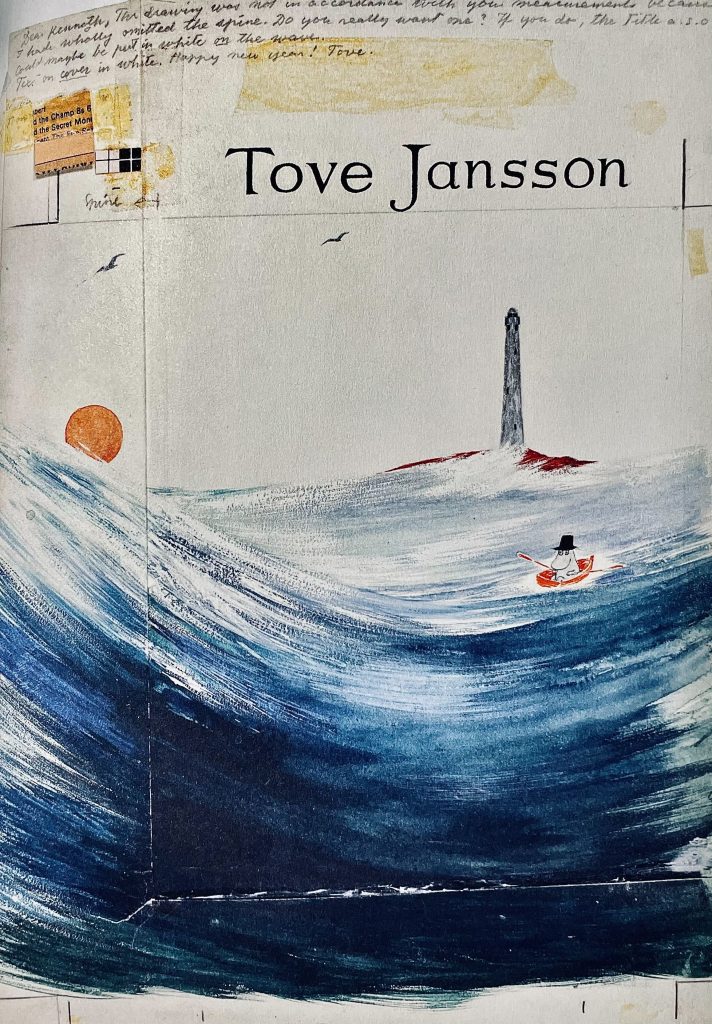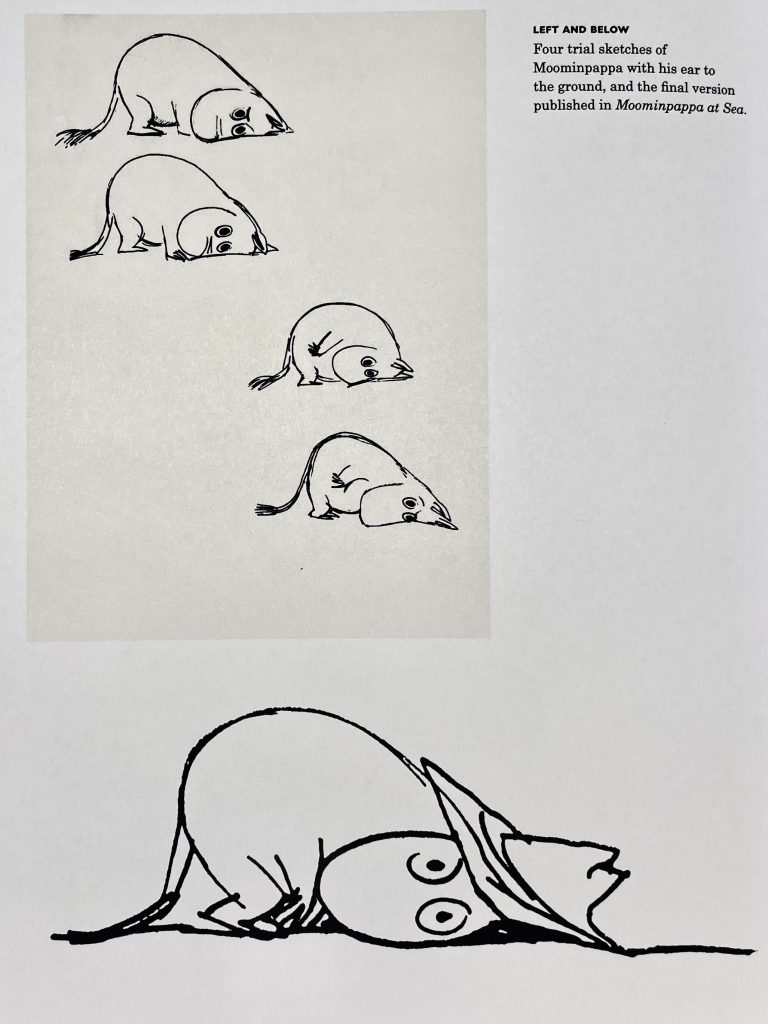Hell Bent
By Catherine Hall

It’s been a long time since I stayed up all night to read a book, but I’m not surprised that’s the effect Hell Bent had on me. After waiting three years for the sequel to Ninth House, I was impatient to dive back into Leigh Bardugo’s dark academia series, filled with ghosts (or Grays), secret societies, and bloody rituals.
Hell Bent opens a few months after Ninth House ended, with Darlington trapped in hell and his friends from Lethe—the regulatory body presiding over Yale’s other secret societies—searching for a way to bring him back. Following her mentor’s absence, Alex must step into his role and balance monitoring the societies’ rituals with her investigations into Lethe’s past and how to open a portal to the underworld. She also struggles with her classes, and her situation only gets more complicated when her past catches up to her, forcing her to confront her biggest fears.
In this sequel, the story is thematically richer, the plot darker and more biting, and the characters more complex. Unfortunately, the issues I had with Ninth House are still present in its successor; some of the worldbuilding feels clunky, and at times the clues uncovered by the characters seem too convenient. However, it’s a testament to Bardugo’s skills that despite the novel’s flaws, it managed to bewitch me entirely with its relentless pacing and rich historical background. And with the cliffhanger at the end of the novel, I’m already impatient to get my hands on the next installment of the series.
Sapphire
Par Magdalena Nitchi

Sapphire par Winter J. Kiakas est une lecture absolument envoûtante qui m’a captivée du début jusqu’à la fin. Sapphire fait partie de la collection fantastique queer Prism Knights, où chaque tome suit un personnage différent dans un même univers. Cette histoire, basée en partie sur La belle au bois dormant, suit la MidKnight Ivy, une chevalière victime de rêves étranges. Sa vie changera à jamais lorsque la mystérieuse figure de ses rêves promet de venir la retrouver dans la réalité. Ivy commence sa propre quête, déterminée à trouver à tout prix la personne avec qui elle s’est connectée.
Kiakas joue avec de nombreux tropes de contes de fées familiers, y compris les malédictions du sommeil, les dragons et les chevaliers errants, mais son approche apporte quelques changements rafraîchissants. J’ai particulièrement apprécié la façon dont iel dépeint Ivy. La solitude d’Ivy et son devoir d’accomplir des quêtes sans fin sont déchirantes, apportant une vision totalement nouvelle de la vie d’un chevalier. La croissance d’Ivy, qui apprend à prendre du temps pour elle-même, est réalisée magnifiquement.
J’apprécie aussi les relations entre les personnages. Les brèves séquences oniriques permettent au lecteur de se faire une idée du lien fort qu’établit Ivy avec la personne qu’elle recherche, et l’accumulation de ces petits moments tisse une histoire ravissante. Je ne veux pas révéler trop de rebondissements, mais un des personnages qu’Ivy rencontre pendant sa quête et la façon dont leur relation se développe donne une couleur unique à l’histoire. Le trio de personnages fonctionne bien ensemble, et j’apprécie beaucoup la subversion de la romance hétérosexuelle traditionnelle du conte de fées, qui se transforme dans ce livre en une dynamique plus complexe.
Sapphire est une merveilleuse nouvelle, avec une fin qui vous coupera le souffle. Le style de Kiakas est morose et poétique, parfaitement adapté à l’atmosphère d’un conte de fées. Je vais certainement lire les autres nouvelles de la collection Prism Knights bientôt!
Tove Jansson: The Illustrators
By Olivia Shan

Tove Jansson’s genius has more than stood the test of time. Even now, her fictional round, white, hippopotamus-resembling creatures—the eponymous “Moomins”—continue to win over people from all generations. Some find the comforting cottage-core vibes of her stories especially fitting in a post-Covid era, in which there are many reasons to feel depressed about the state of our world. Jansson herself conceived of her iconic moomintrolls from an equally tumultuous time in history. Her escapism operates on a fantastical conception of pastoral life, but its uncondescending and non-didactic tone makes it deeply refreshing. While her books are fantastical and whimsical in nature, difficult themes such as identity, philosophy, cultural differences, and grief are all treated in nuanced and mature ways — which explains why the Moomins lend themselves to readers of all ages.
Compact and well-edited, The Illustrators Series: Tove Jansson is a great summary of Jansson’s formidable legacy. It provides an accessible throughline into her many careers, from a young political graphic illustrator to a seasoned cartoonist and author. Despite the challenges of being a lesbian artist from a Finnish-Swedish minority working within a politically fraught Europe, Jansson nonetheless carved out a long, storied career for herself—as evidenced throughout this entire book.
Rare in biographical art books is an actually compelling adjoining text that can measure up with its visual reproductions; thankfully, Paul Gravett’s comments often posit sharply observed and thought-provoking analogies. He provides just enough biographical elements to situate readers historically without losing focus on the art itself.
Readers are spoiled with countless pages of a delightfully eclectic selection of artwork ranging across many mediums and stages of completion. Anyone coming into this book with only a bare knowledge of Jansson’s iconic Moomin drawings will surely appreciate this diversity. The art pieces themselves are replicated in marvellous quality; you are able to actually read notes in English sprinkled on the margins of certain sketches, carefully pencilled from Janssson’s gentle and stylized handwriting — an endearing detail.
Reading this book felt like walking through a well-curated museum exhibit whilst being accompanied by a friendly, discerning guide. This is mandatory reading for all Jansson fans, and will assuredly take up a treasured space on your bookshelves.


